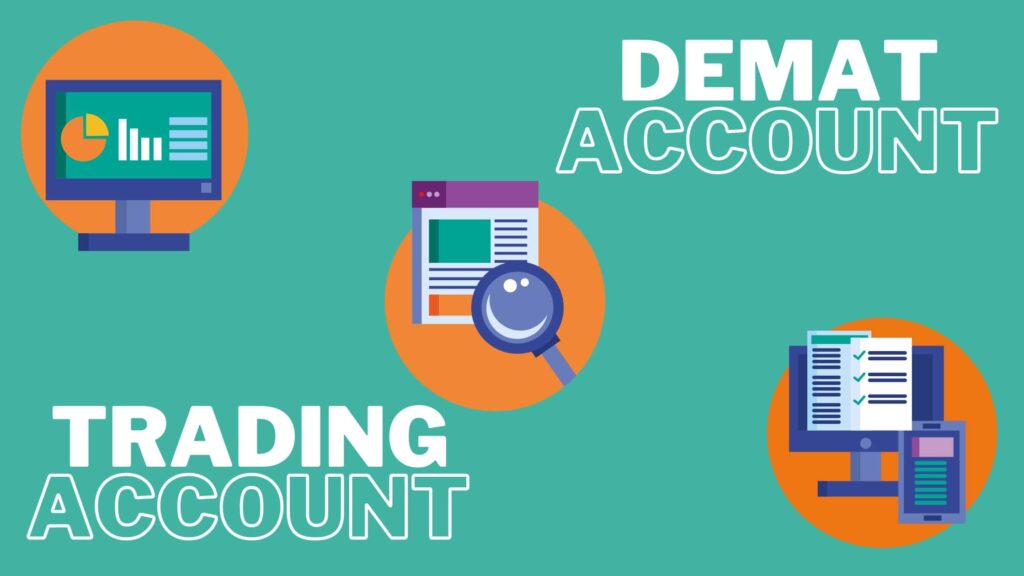Opening an online trading account is the first step toward participating in the financial markets. This guide provides a clear, step-by-step process, from selecting the right brokerage to completing necessary documentation, helping you get started with ease and begin your journey as an investor or trader. Immediate Orbirex, an investment education firm connecting traders with educational experts, provides valuable insights into navigating this evolving financial landscape.
Step 1: Defining Your Trading Goals
Before jumping into the trading world, it’s crucial to outline your personal goals. Do you want to trade stocks daily or invest for long-term growth? Are you chasing short-term profits, or are you more concerned with building a retirement portfolio?
Answering these questions helps shape your strategy and directs you towards the appropriate account type. If day trading is your thing, a margin account—which lets you borrow funds to boost buying power—may be suitable. If you’re investing for the long haul, a cash account could be a better fit, allowing you to purchase assets using only available cash.
Think of it like planning a trip. You wouldn’t book a flight without knowing the destination. Similarly, understanding whether you’re looking for quick returns or slow, steady growth helps you avoid aimless decisions. For instance, new investors often start with lower-risk assets like ETFs or bonds. On the other hand, more experienced traders may dive into options or futures, which come with higher risks but also potential for greater rewards.
Step 2: Researching and Comparing Broker Platforms
Once your goals are set, it’s time to explore broker platforms. The market offers a range of options, from simple apps designed for beginners to sophisticated platforms for seasoned traders. The first thing to examine is fees. Some brokers charge a fee for every trade, while others offer commission-free trading. But beware—there may be hidden costs, such as inactivity fees or charges for additional tools.
When comparing brokers, consider asset variety. If you’re focused on stocks, most brokers will fit the bill. But if you’re interested in more exotic investments like cryptocurrency, options, or foreign stocks, make sure the broker offers those. Some platforms specialize in specific markets, and picking one that fits your needs will save you headaches down the road.
It’s not just about the numbers. User experience matters too. If you’re new to trading, look for platforms with intuitive interfaces and plenty of educational resources. Some platforms even offer demo accounts—a feature that allows you to practice without risking real money. If the platform feels clunky or confusing, you’ll waste time figuring out how it works, instead of focusing on trades.
Lastly, don’t forget about risk management tools. A good broker will offer features like stop-loss orders or alerts to help you manage your portfolio effectively. These tools ensure you have a strategy in place to mitigate losses when markets get volatile.
Step 3: Completing the Application Process
Opening a trading account isn’t complicated, but it does require some basic information. First, you’ll need to provide personal details like your name, address, and date of birth. Brokers also request financial information—annual income, employment status, and net worth—to help assess your risk profile. This information is key for brokers to meet regulatory requirements like Know Your Customer (KYC), which helps prevent fraud.
Tip: It’s a good idea to have identification documents ready, such as a driver’s license or passport. You’ll also need to provide proof of address, like a utility bill. This verification step can sometimes slow down the process, but it’s essential for your financial security.
Once your identity is verified, you’ll be asked to choose an account type—either a cash or margin account. Some platforms might prompt you to complete a risk tolerance quiz to better align their offerings with your trading style. If you’re opening an account with a minimum deposit requirement, be sure you meet it to avoid any delays.
Finally, many brokers will require you to set up funding options. You can do this through a bank transfer, credit card, or sometimes even cryptocurrency, depending on the broker. Once your account is funded, you’ll be ready to place your first trade.
Step 4: Setting Up Two-Factor Authentication and Other Security Measures
In an era where cyber threats are common, safeguarding your trading account is critical. One of the best ways to do this is by enabling two-factor authentication (2FA). This adds an extra layer of protection by requiring not just a password but also a code sent to your phone or email. Even if someone guesses your password, they won’t be able to access your account without that code.
Imagine leaving your front door unlocked in a neighborhood known for break-ins. Would you feel safe? Probably not. Enabling 2FA is like locking that door—and maybe even adding a security camera. It’s a simple step that can protect you from a lot of hassle down the line.
Some brokers may offer additional security features, like biometric authentication (think fingerprint or facial recognition) or account activity alerts. These tools help keep tabs on unusual activity, alerting you if someone tries to access your account from an unrecognized device or location.
But security doesn’t stop there. It’s also a good idea to use strong, unique passwords for your account, and avoid reusing passwords from other services. Keep your login details private—don’t share them with anyone, even trusted individuals. Also, steer clear of public Wi-Fi when accessing your trading account, as it’s more vulnerable to hacking.
Conclusion
By following this step-by-step guide, you can confidently open an online trading account and start your investment journey. Proper account setup ensures a smoother trading experience, allowing you to focus on your financial goals and navigate the markets with the right tools and resources in place.


